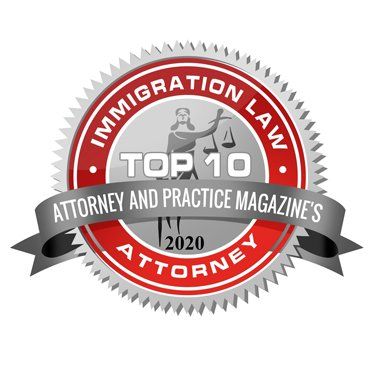F & M Visas
Student Visas are typically classified as F-1 or M-1 visas. Please note that if you are coming to the US primarily for tourism but want to take a short course of study of less than 18 hours per week, you may be able to do so on a visitor visa. Please inquire at the appropriate US Embassy or Consulate. If, however, your course of study is to be more than 18 hours a week, you will need a student visa. The type of student visa you will apply for largely depends on the type of studies you will be doing in the US. The most common form of student visa is the F-1 visa. However, there is also a category of visas, called M-1 Visas, which are geared towards nonacademic, technical or vocational studies. Those who are in the US on an F-1 or M-1 visa may not work during their time in the US unless otherwise authorized as discussed below.
How to Apply
- When the student has been admitted into their program of study, the International Department in the student’s school will apply for a Form I-20 for the student.
- The student will also be required to register with the Student and Exchange Visitor Program (SEVP) and the Student and Exchange Visitor Information System (SEVIS). SEVIS is an internet-based system that maintains accurate and current information on the student and his/her dependents accompanying them in the US.
- All student applicants must have a SEVIS generated I-20 issued by an educational institution approved by the Department of Homeland Security, which they must submit when they are applying for their student visa. The consular officer will verify your I-20 record electronically through the SEVIS system.
- Unless you are otherwise exempt, all those who receive a SEVIS I-20 issued on or after September 1, 2004, must pay a SEVIS I-901 Fee to the Department of Homeland Security for each individual program.
- As part of the F-1 visa application, an interview at the embassy or consulate outside of the US is required for visa applicants from age 14-79. Persons who are 13 and younger, and age 80 and older, generally do not require an interview unless specifically requested. Please note that there may be a long waiting time for an interview appointment, thus early visa application is strongly encouraged. The visa wait time at a specific US Embassy or Consulate worldwide can be determined at the Department of State’s website, at Visa Wait Times.
Forms & Documents Needed
- SEVIS generated Form I-120A-B, Certificate of Eligibility for Nonimmigrant (F-1) Student Status or Form I-20M-N, Certificate of Eligibility for Nonimmigrant (M-1) Student Status for Vocational Students.
- Completed Application on Form DS-156 and Form DS-158. Some applicants are also required to complete a Form DS-157.
- An interview at the embassy or consular section is required for almost all visa applicants.
- A passport valid for travel to the United States with a validity date of at least 6 months beyond the student’s intended period of stay in the US (for each person included in the application)
- One 2×2 passport photo.
- A MRV fee receipt to show payment of the visa application fee
- Those who are authorized for Optional Practical Training (OPT) must have an I-20 endorsed for OPT, and provide a USCIS-issued Employment Authorization Document (EAD).
- Transcripts and diplomas from previous institutions attended.
- Scores from standardized test such as TOEFL, SAT, GRE, GMAT, etc…
- Financial evidence that shows you or your parents, who are sponsoring you, have sufficient funds to cover your tuition and living expenses during the period of your intended study.
- If applying for spouse or family, please provide proof of relationship in the form of marriage and birth certificates.
General Application Considerations
- As soon as the student receives an admissions letter with relevant documents from their school, they should begin the process of applying for their visa. Please be sure to allow ample time for visa processing.
- Embassies and Consulates are able to issue a student visa to the student 120 days or less in advance of the course of study registration date. Thus, if you apply for your student visa more than 120 days before the start date of your registered classes, as provided on the Form I-20, the Embassy or Consulate will hold your application until it is able to issue the visa.
- Students are typically advised that the US Department of Homeland Security requires that all initial or beginning students enter the US 30 days or less in advance of the course of study start/report date as shown on the Form I-120. Please keep this date in consideration when making your travel and living plans.
- If you are a student who wishes to enter the US earlier than the 30 days allotted above, you must qualify for and obtain a visitor visa. If you choose this option, please note that before you begin your studies in the US, you must obtain a change of classification by filing a Form I-539,
Application for Change of Nonimmigrant Status, with the USCIS. Please check the USCIS website to obtain the current fee for filing the Form.
- Please note the expiration date on your I-94 card (received when you enter the US) and on your visa.
For further information or specific questions, please feel free to contact the author who can set up either an email consultation or phone consultation with you.




